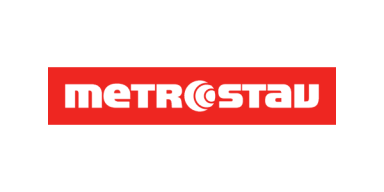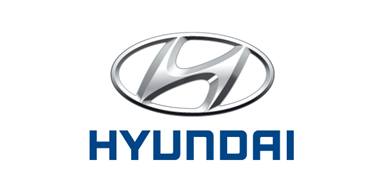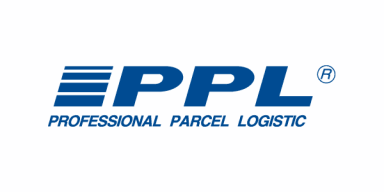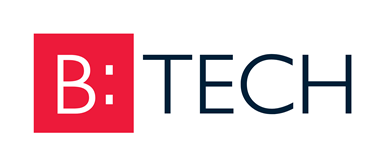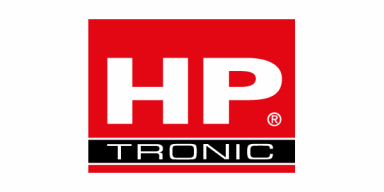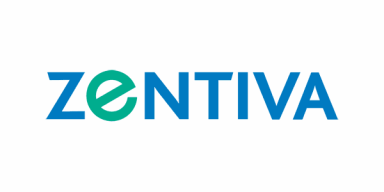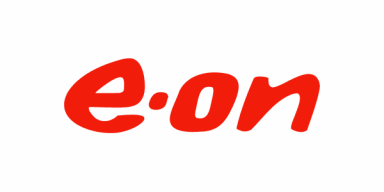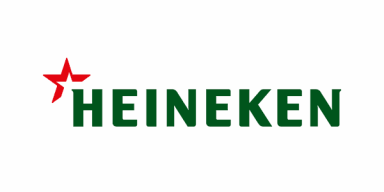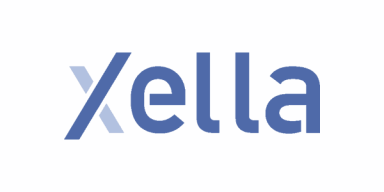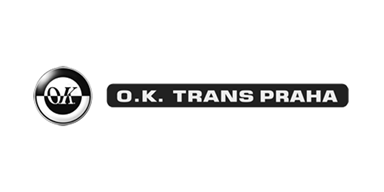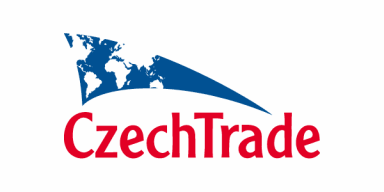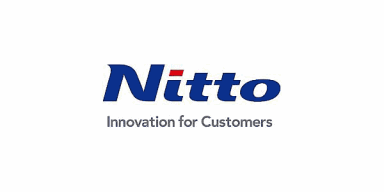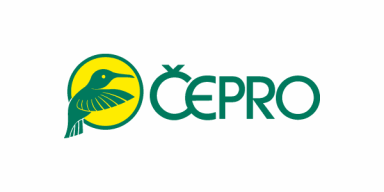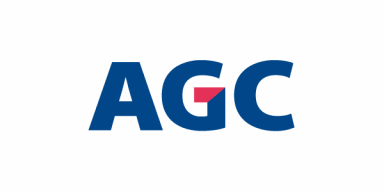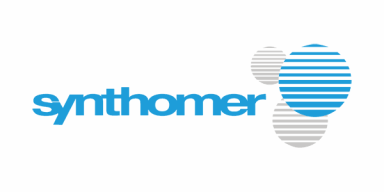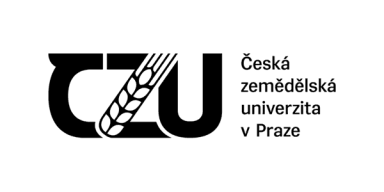OpenText Content Management is most commonly used for managing contracts and confidential documents. Companies gain full control over the entire document lifecycle — from creation and approval to secure storage and long-term archiving. With clearly defined access rights and audit trails, they can ensure that all contracts and sensitive information are protected and easily traceable.
OpenText Content Management — uncompromising document management
Enterprise document management with AI support and a modern user experience. OpenText Content Management offers top-tier integration with SAP and other ERPs and secure content governance across the company.

What is OpenText Content Management and why do you need it?
OpenText Content Management (OCM) is a modern platform for managing enterprise documents and content. It builds on the concept of Enterprise Content Management (ECM) and extends it with artificial intelligence, an intuitive user interface, and deep integration with key systems — especially SAP.
OCM enables companies to unify content management across the entire organization. Users gain easy access to documents, managers get assurance of compliance with regulatory requirements, and company leadership obtains a tool that increases efficiency and speeds up decision-making.
OCM enables companies to unify content management across the entire organization. Users gain easy access to documents, managers get assurance of compliance with regulatory requirements, and company leadership obtains a tool that increases efficiency and speeds up decision-making.
Who is the solution suitable for?
OpenText Content Management is designed primarily for large enterprise companies that handle extensive agendas and complex processes. It is especially valuable in highly regulated industries such as finance, pharmaceuticals, energy, and public administration, where full control over content and strict compliance are essential.
Thanks to its robust architecture and global deployment capabilities, OCM is also ideal for international corporations that need centralized document management across subsidiaries and locations. A key strength is its integration with ERP systems — especially SAP — allowing documents to be directly linked to core business processes.
The solution is also well-suited for organizations with very high document volumes, reaching hundreds of thousands or even millions annually. OCM delivers scalability, reliability, and a modern user experience that simplifies work across departments and branches.
Thanks to its robust architecture and global deployment capabilities, OCM is also ideal for international corporations that need centralized document management across subsidiaries and locations. A key strength is its integration with ERP systems — especially SAP — allowing documents to be directly linked to core business processes.
The solution is also well-suited for organizations with very high document volumes, reaching hundreds of thousands or even millions annually. OCM delivers scalability, reliability, and a modern user experience that simplifies work across departments and branches.
Benefits
- Full control over the document lifecycle
- Security and regulatory compliance
- Deep integration with SAP and other ERPs
- Process automation powered by artificial intelligence
- Modern and user-friendly interface
- Scalability for international enterprise organizations
Technology and integrations
OpenText Content Management is not just a document repository but a comprehensive platform that seamlessly integrates with key enterprise applications. Thanks to deep integration with SAP and other ERP systems (Oracle, Microsoft Dynamics, etc.), it enables companies to connect business processes directly with their content. Documents thus become part of daily workflows, and users can access them directly within the environment they already work in.
Another important aspect is integration with Microsoft 365 and Microsoft Teams, ensuring secure document storage while supporting intensive collaboration across departments and locations. Integrating into tools users are familiar with increases adoption and accelerates system acceptance.
Another important aspect is integration with Microsoft 365 and Microsoft Teams, ensuring secure document storage while supporting intensive collaboration across departments and locations. Integrating into tools users are familiar with increases adoption and accelerates system acceptance.
Aricoma and OpenText — expertise and comprehensive services
Aricoma combines deep consulting expertise with decades of experience in implementing, servicing, and developing DMS/ECM solutions. We can not only deploy new systems but also take over and further enhance solutions originally implemented by another provider.
Our services include:
Our services include:
- Consulting and needs analysis — designing architecture, integrations, and user experience
- Complete implementation of OpenText Content Management
- Integration with SAP, ERP, and Microsoft 365
- Data migration or takeover of an existing solution from another provider
- Service and long-term support — SLA, monitoring, security updates
- Further development and optimization — new business areas, workflows, AI features

DO NOT HESITATE TO
CONTACT US
Are you interested in more information or an offer for your specific situation?



